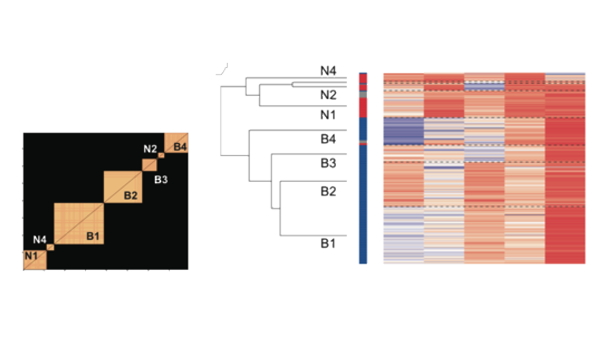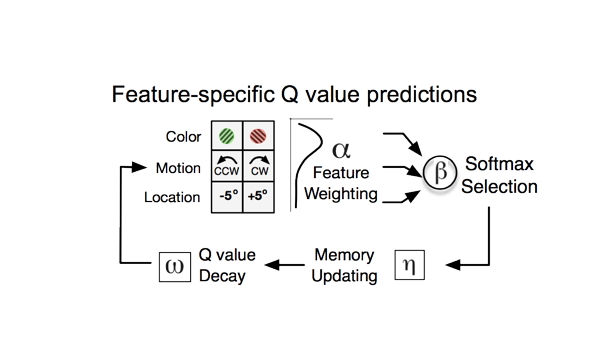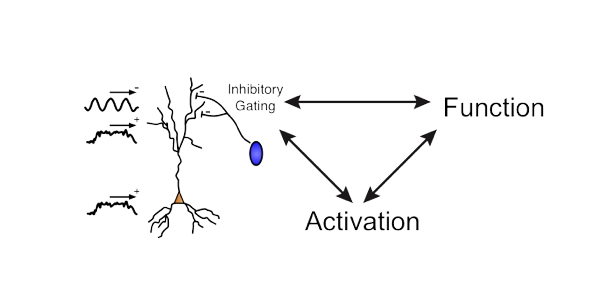Our new paper shows how fast spiking interneurons in the striatum activate specifically when attention cues are learned. This is a rare paper where we succeed to isolate fast spiking interneurons in recordings from nonhuman primate anterior striatum while the animals performed a complex feature-based attentional learning task. Phd can. Kia Banaeie Boroujeni spearheaded the advanced analysis pipeline for this sophisticated paper – congratulations for a huge milestone in deciphering the sources of attentional control! The paper can be downloaded here. See also Research-News @ Vanderbilt covering these findings.







